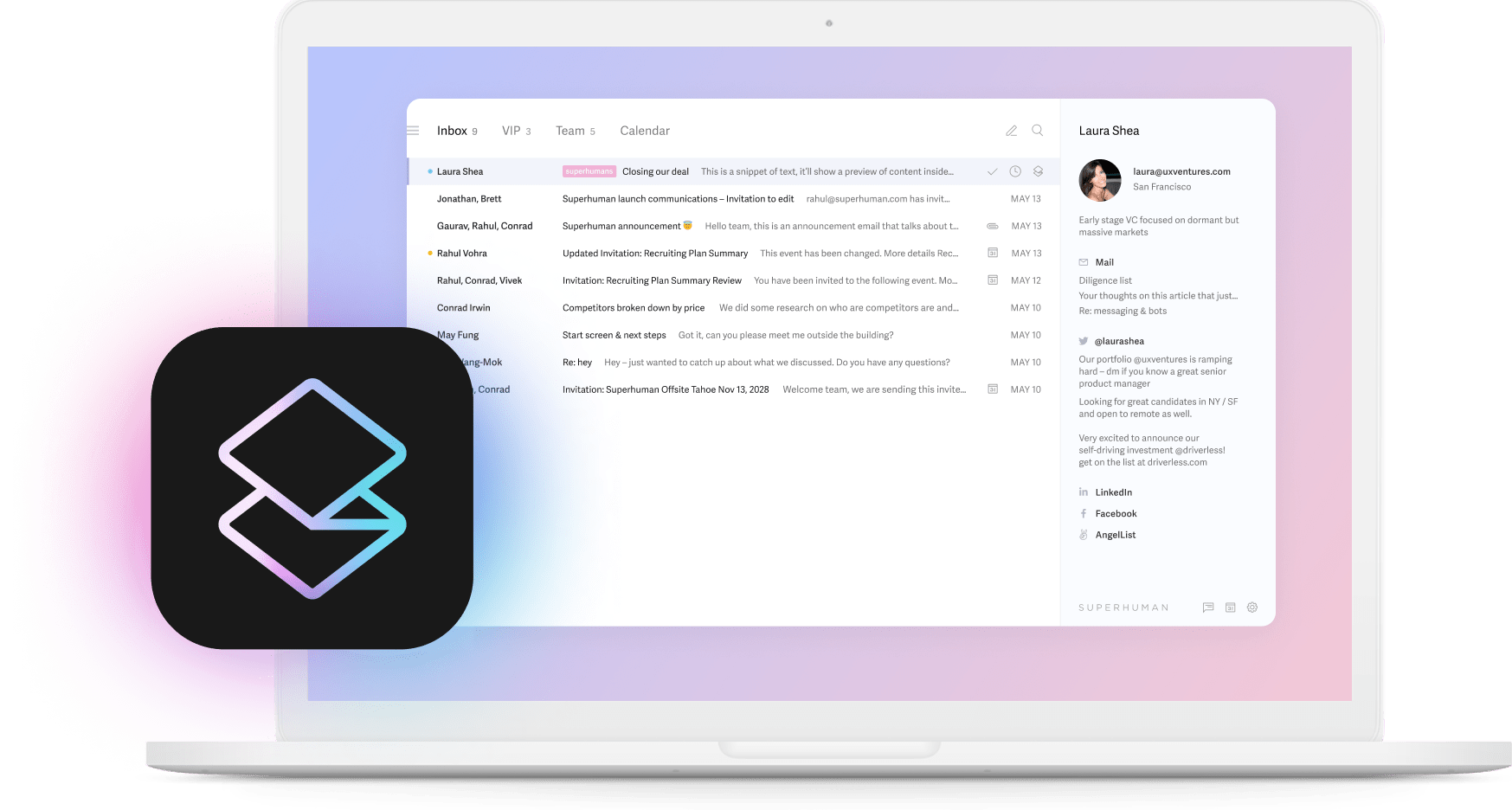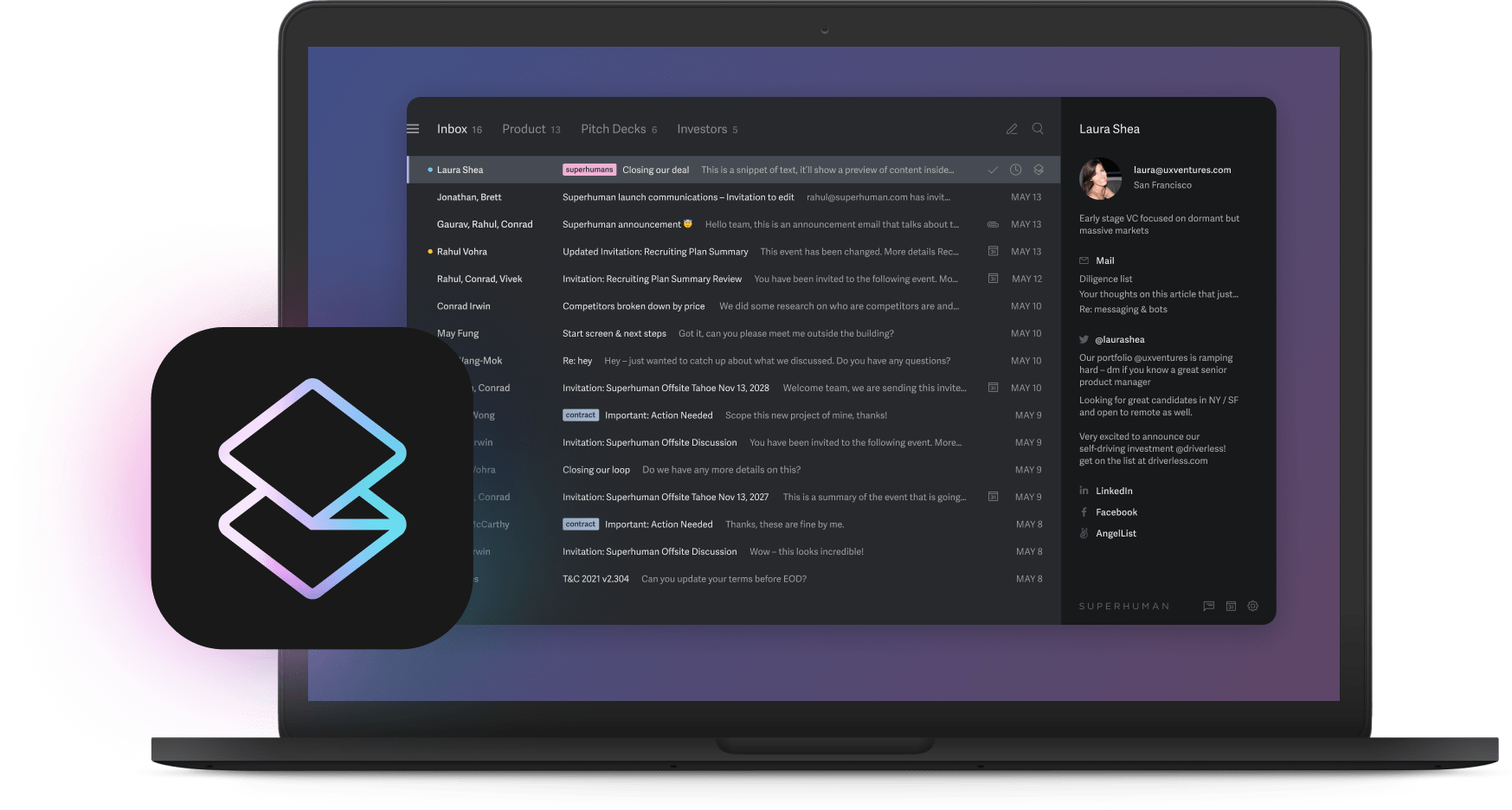
Professionals using AI save 1 day every week on average. That stat gets thrown around a lot. What nobody talks about is how the best companies use business process automation AI to change their entire game.
The speed difference between automated and manual companies gets exponentially wider. Contract approvals, customer onboarding, deal closures, every process that used to take days now happens in hours. These time savings compound. After six months, the gap becomes insurmountable, and the slower companies find themselves playing a game they can't win anymore.
We'll show you exactly how fast-growing companies build systems that get smarter without babysitting. How they take those saved hours and turn them into actual revenue. The playbook works, and you can copy it.
What is business process automation AI?
Business process automation AI watches what you do, learns from it, and then does it better next time. Old automation just follows the rules you give it. This new kind figures things out as it goes, which changes everything about how companies operate.
Think about regular automation for a second. You change your process, the whole thing breaks. Someone has to fix it. AI automation adapts instead. It sees patterns humans miss. It handles weird edge cases without falling apart. Teams using AI automation cut way more manual work than those using traditional methods because the system keeps getting smarter without constant updates.
The real win comes from turning data into decisions. Not reports nobody reads. Real decisions that push your business forward while you sleep. That's when automation stops being a tool and starts being a competitive advantage you can't afford to skip.
Automation creates opportunity, not unemployment
The narrative around automation replacing workers misses the fundamental shift happening in high-performing organizations. Teams report increased job satisfaction when repetitive tasks disappear. They engage in strategic work that actually drives business value.
Consider Superhuman's approach. Our AI tools generate emails matching your communication style precisely. Teams save 4 hours weekly. Response times drop by 12 hours. Yet control remains entirely with the user. The technology handles execution while humans maintain strategy and relationships.
This model explains why companies implementing thoughtful automation see accelerated revenue growth. Human capital focuses on uniquely human contributions: relationship building, creative problem solving, strategic thinking. AI handles pattern matching and repetitive execution. The combination outperforms either approach in isolation.
The hypergrowth flywheel
Remember that product sprint that took a week? Now it takes hours. AI native automation shrinks every single step. You test more ideas. Learn what works faster. Ship way sooner. Each improvement makes the next one easier.
Watch what happens when you scale this. One person using Superhuman saves 4 hours weekly. Get 100 people on it, you unlock 400 hours. Like hiring 10 more people without the hiring. But unlike new hires, this capacity shows up instantly and keeps growing as the AI learns your patterns.
Top-performing companies are 3x more likely to report significantly increased productivity from AI. They don't work harder. Every person just gets more done with way less effort. The gap between them and everyone else keeps widening because automation benefits compound while manual work stays linear.
Individual wins become company wins
When individual productivity doubles, the impact ripples through entire organizations. Sales cycles compress. Deal velocity accelerates. Pipeline metrics shift fundamentally. This isn't theoretical. It's measurable and predictable.
Superhuman enables this transformation systematically. Split Inbox prioritizes critical communications instantly. Instant Reply generates contextually perfect responses. Snippets ensures consistent messaging across teams. The result: representatives handle twice the conversation volume while improving quality.
This efficiency cascades through organizations. Executive approvals accelerate. Talent acquisition cycles shorten. Customer support resolution times plummet. Organizations gain velocity advantages that compound daily. Manual competitors can't match this operational tempo, creating sustainable competitive moats through pure execution speed.
Three phases to automation that works
Successful automation follows a proven methodology. Understanding this framework separates companies that scale from those stuck in perpetual pilots.
Phase one requires systematic process discovery. Map workflows comprehensively. Interview stakeholders about time allocation. Hidden inefficiencies emerge consistently in this analysis. The processes nobody discusses in leadership meetings often represent the largest automation opportunities.
Phase two demands focused experimentation. Select a single high-friction process that impacts multiple stakeholders. Design a minimal viable automation. Test with a controlled group. Generate measurable results within two weeks. This constraint forces clarity and prevents scope creep that kills most automation initiatives.
Phase three involves intelligent scaling. Implement robust monitoring systems. Address edge cases systematically. Expand to adjacent processes methodically. Maintain momentum while ensuring quality. Each successful automation creates organizational confidence and technical infrastructure for the next implementation.
How real companies do this
Customer service teams see immediate impact when they centralize scattered data through AI automation. Support that used to crawl suddenly moves at normal speed. Agents stop wasting time hunting for information across ten different systems. The same people who initially resist the change become advocates once they experience how much easier their work becomes.
Finance teams particularly benefit from automation. Monthly close processes that traditionally eat up weeks can be compressed dramatically. Accuracy improves alongside speed. Finance professionals shift from data entry to strategic analysis, adding real value to growth decisions instead of just keeping the books.
SaaS companies win biggest because their entire business model depends on velocity. Superhuman users send and respond to 72% more emails per hour. Four hours saved per person every week. Those hours transform into deeper customer relationships and accelerated deal cycles. When your sales velocity increases, revenue growth follows predictably.
Your automation checklist
Most professionals expect AI to drive at least a 3x productivity increase within five years. Achieving this requires systematic execution, not wishful thinking.
Executive ownership determines success. CEOs must champion automation as core strategy, not delegate it as IT projects. When automation initiatives lack direct ties to business objectives, they inevitably stall in organizational bureaucracy. Leading companies treat automation as fundamental to competitive advantage.
Process mapping precedes improvement. Document workflows meticulously. Identify constraint points. Discover shadow processes employees created to bypass system limitations. These workarounds signal prime automation opportunities, revealing where current systems fail practitioners.
Data infrastructure underpins everything. Poor data quality destroys automation ROI faster than any technical limitation. Invest in data governance like you invest in facilities. Every hour spent establishing data standards prevents dozens of hours debugging failed automations.
Execute through rapid experimentation. Launch focused pilots with clear success metrics. Measure time reduction, error decrease, and revenue impact. Use these metrics to build organizational buy-in for broader initiatives. Small victories create momentum for transformational change.
Address workforce concerns proactively. Employees naturally question how automation affects their roles. Demonstrate how automation elevates their work rather than replacing it. Select technology partners offering transparency and control. The best automations augment human capabilities rather than attempting replacement.
Optimization never ends, by design. Establish continuous feedback loops. Refine models quarterly. Track performance metrics religiously. Leading organizations treat automation as an evolving capability requiring constant cultivation, not a completed project.
Your immediate action: identify your organization's highest-friction process. Target 20% cycle time reduction this quarter. Success here creates the template for systematic automation across your enterprise.






